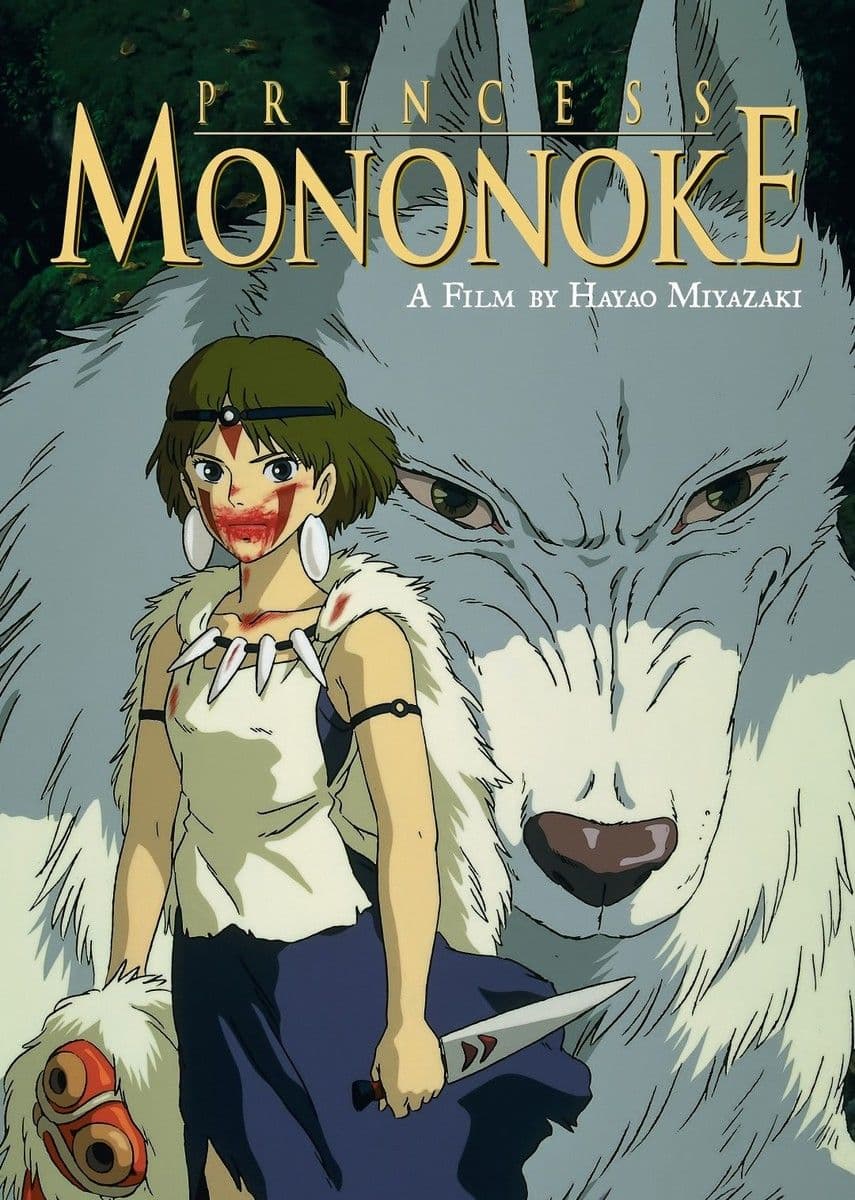
Princess Mononoke
1997
Rate this movie
Average: 5.00 / 5
(1 votes)
Director
Hayao Miyazaki, here at the height of his thematic complexity and visual ambition, abandons the sunnier tones of works such as My Neighbor Totoro to create an adult, violent, and morally ambiguous masterpiece, a film that rejects easy answers and leaves us with a single, difficult lesson: learn to “see with eyes unclouded by hatred.” Princess Mononoke is a true animated epic. It is an ecological jidaigeki, a lyrical and brutal work, a Homeric poem that replaces the Achaean heroes with wolf gods and palace intrigues with the primordial struggle between the forest and progress.
The story, set in a fantastical but historically plausible Muromachi-period Japan, begins with a violation. A peaceful village is attacked by a demon boar, a Tatarigami, corrupted by a rage that consumes him like fire. The young prince Ashitaka, the last descendant of his people, is forced to kill him, but in doing so he is touched and cursed, a black stain spreading across his arm that will lead to his death. On his journey west in search of a cure, he finds himself in the midst of a war: on one side, the ancient gods of the forest—wolves, boars, monkeys—led by the human girl raised among them, San, the Ghost Princess (Mononoke Hime); on the other, the Iron Town (Tataraba), a mining colony led by the formidable and charismatic Lady Eboshi, who is deforesting the forest to fuel her furnaces and produce arquebuses.
In this structure, Miyazaki draws heavily on the universal reservoir of fairy tales and myths. The narrative framework of Ashitaka's journey, if we want to get nerdy about narratology, follows almost slavishly the archetypal functions analyzed by Vladimir Propp in his “Morphology of the Folktale”: the hero who suffers damage (the curse), leaves his home, encounters figures who help and hinder him, and must overcome a series of trials. But Miyazaki grafts a deeply and specifically Japanese sensibility onto this universal canvas. The relationship between the fantastical, the fairy tale, and the rural supernatural is rooted in Shintoism. As studies such as Marta Fanasca's “Supernatural Japan” teach us, the kami and mononoke of the film are not abstract deities. They are emanations of the earth itself, chthonic spirits tied to a specific place. The Beast God (Shishigami) is not a creator, he is the forest itself, the embodiment of the cycle of life and death. The boar demon Nago is not evil by nature; he is a forest god whose rage was born from an iron ball (a human product) that poisoned him. Nature is not an idyllic backdrop, it is a sentient, sacred, and terrible entity.
This is where Miyazaki's genius and his relationship with rural and medieval Japan are revealed. Many of his works are imbued with a nostalgia for a pre-industrial world, a peasant Arcadia in harmony with nature. In Princess Mononoke, this world is already shattered. The film is set at the moment of rupture, of the clash between two eras. And here his greatness emerges: his refusal to demonize easily. The Iron Town is not the Empire of Evil in Star Wars. Lady Eboshi is not Cruella De Vil. On the contrary, her community is, in some ways, a progressive utopia. It is a meritocratic fortress where women, former prostitutes, work and carry weapons, and where lepers, outcasts of society, are welcomed and employed to design new technologies. The sense of community within the Iron City is tangible and positive. Its fault is not evil, but arrogance, blind faith in progress that does not take into account the ecological costs. This moral ambiguity is what makes the film so powerful: there is no absolute good or evil, but two conflicting “goods,” two worldviews, that of human survival through industry and that of the survival of nature, both with their own reasons.
So why is Princess Mononoke one of the greatest animated films of all time, and what does it teach today's kids? Because it treats its audience with extraordinary intelligence. It does not offer a simplistic moral. Its deepest lesson is not “recycle plastic,” but something much more difficult and adult: the world is complex, conflicts are often insoluble, and hatred, even when justified, is poison. Ashitaka, the hero, is the only one who understands this. His mission is not to choose sides, but to act as a mediator, a bridge between the two worlds. His mantra, “see with eyes unclouded by hatred,” is the philosophical heart of the film. The work does not end with idyllic peace. It ends with a fragile, painful truce. The forest is wounded, the Beast God is dead and reborn in a new form, and the Iron Town must be rebuilt. The final conversation between Ashitaka and San is emblematic: she cannot forgive humans, but he promises to visit her. Coexistence does not mean harmony, but acceptance of difference and conflict management. This is a lesson of disconcerting maturity and relevance.
All this is made possible by Studio Ghibli's incredible fantasy aesthetic. Princess Mononoke represents the pinnacle of the studio's epic and artisanal style. The animation, entirely hand-drawn, is breathtakingly rich and fluid. The landscapes, battle scenes, and design of mythological creatures are all crafted with a care and expressive power that dwarf much of digital animation. The Ghibli aesthetic is always rooted in a deep realism: even the most fantastical creatures move with a believable weight and physicality. The fantastic is never an escape from reality, but a way to understand it more deeply. With this film, Miyazaki has shown the world that animation can be a vehicle for the grandest epic and the most complex philosophy, creating a work that, for its wild beauty and profound wisdom, remains an essential and unforgettable cinematic experience.
Main Actors
Country
Gallery
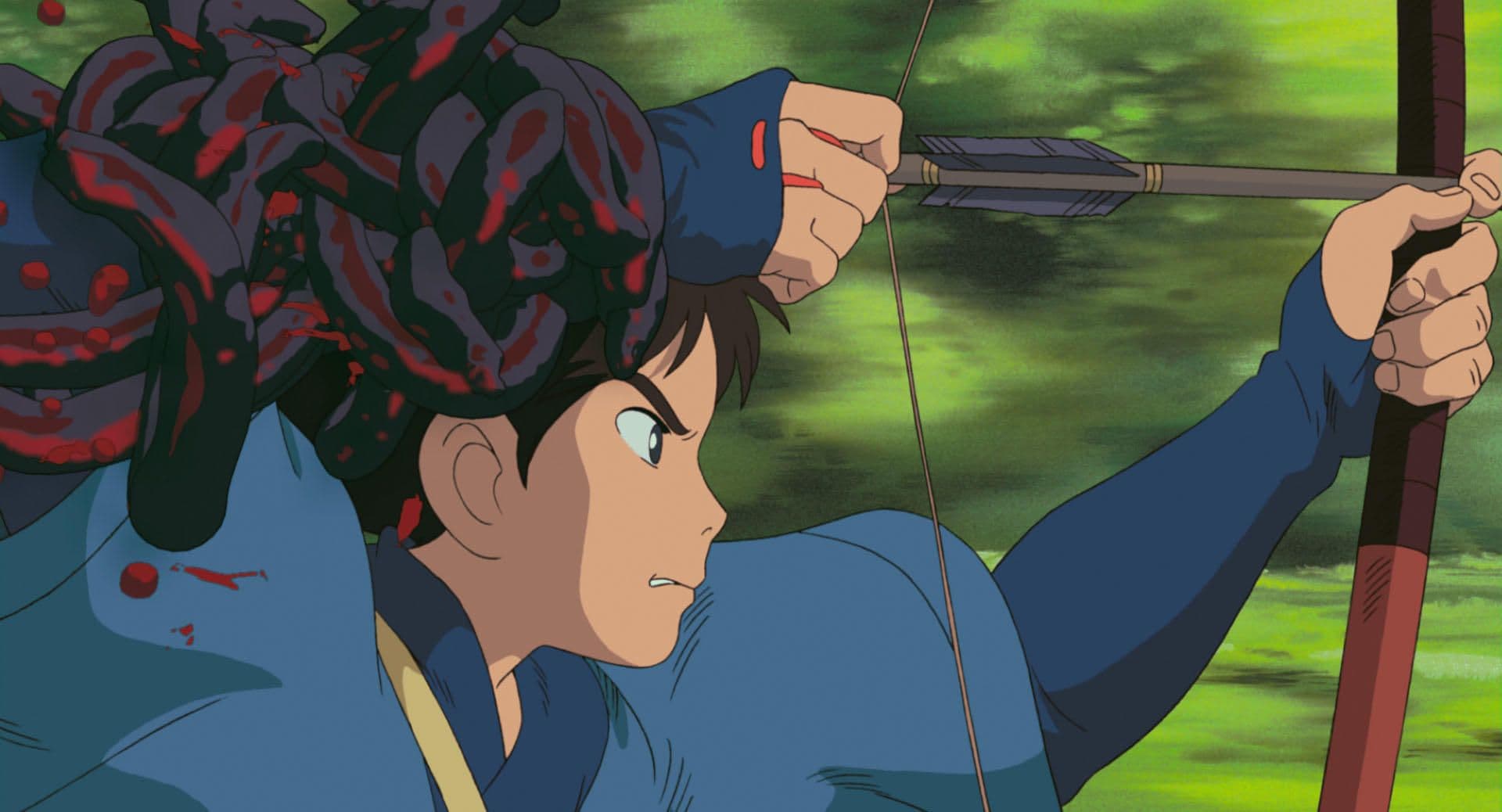
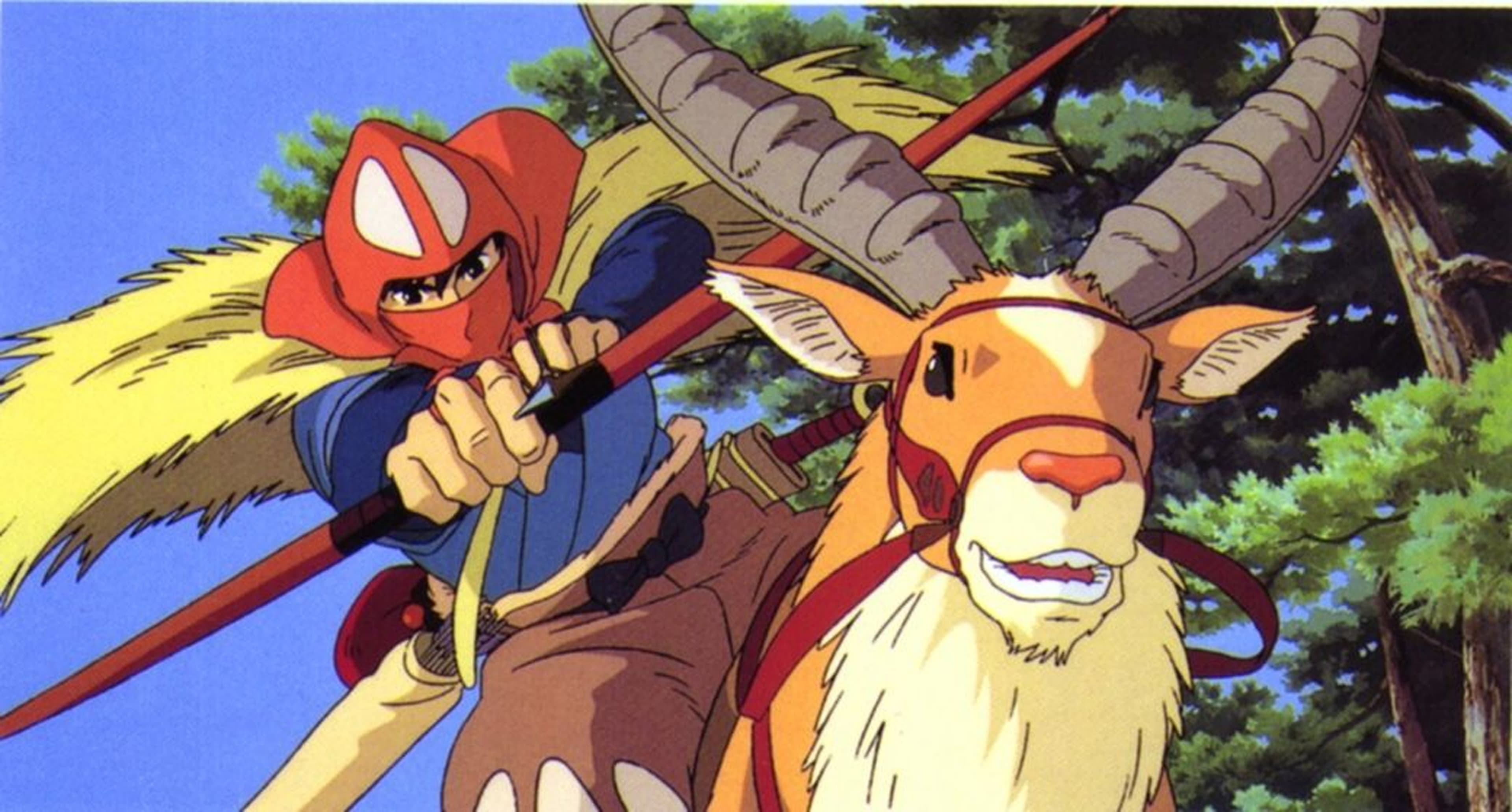
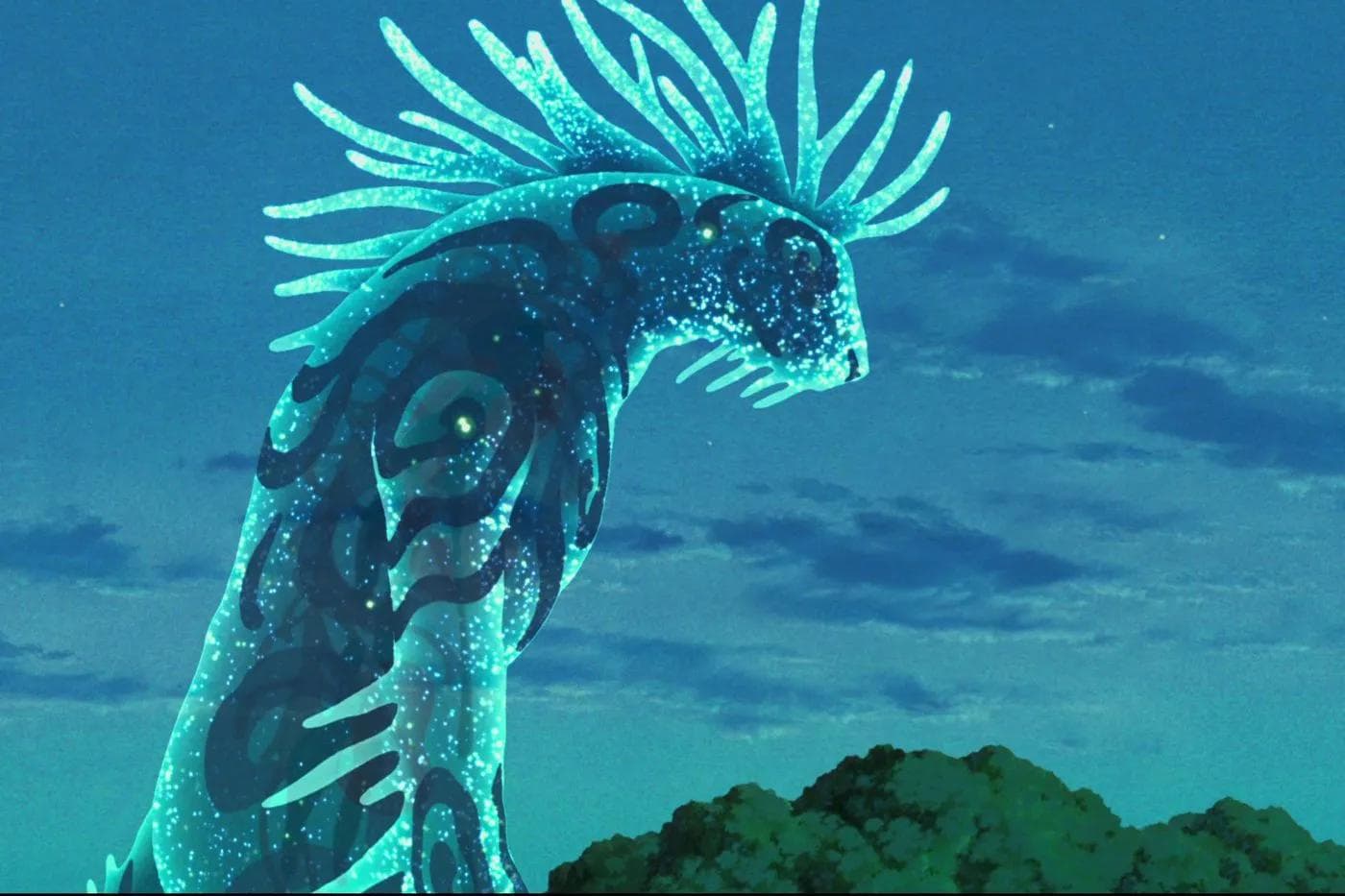
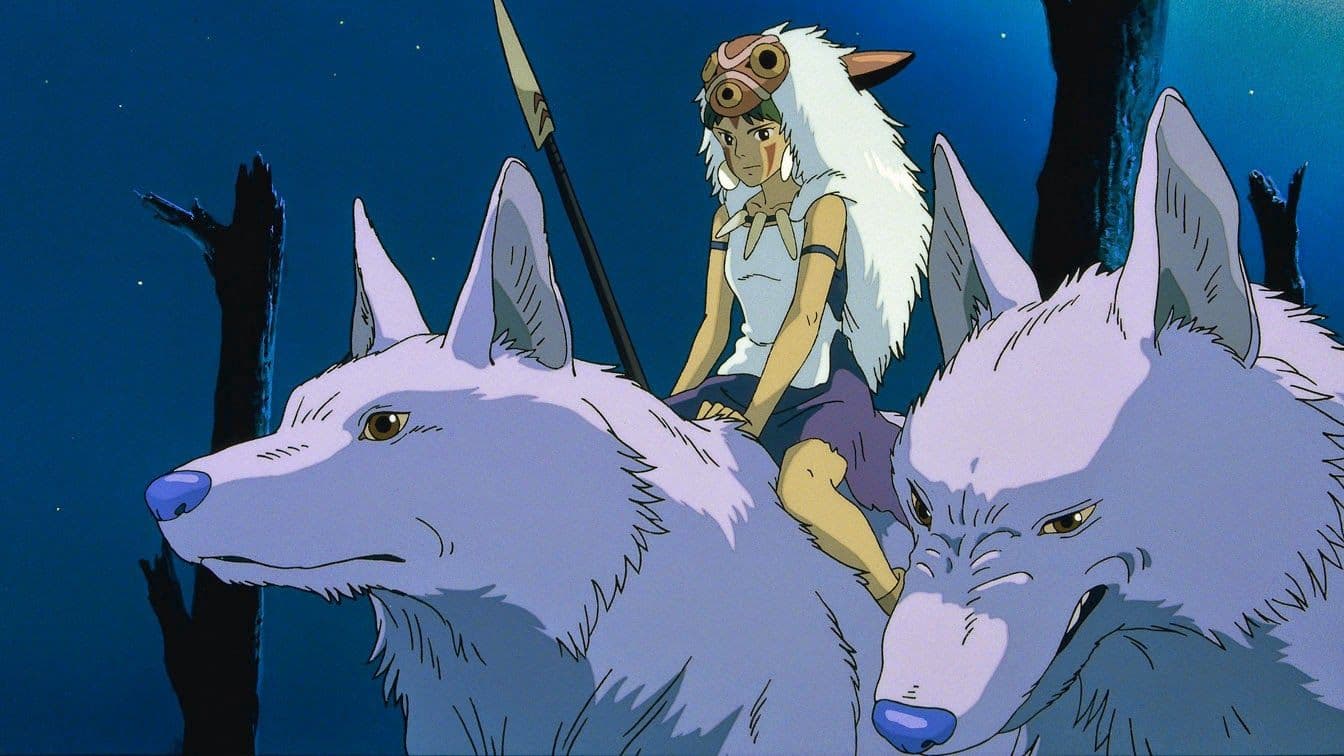
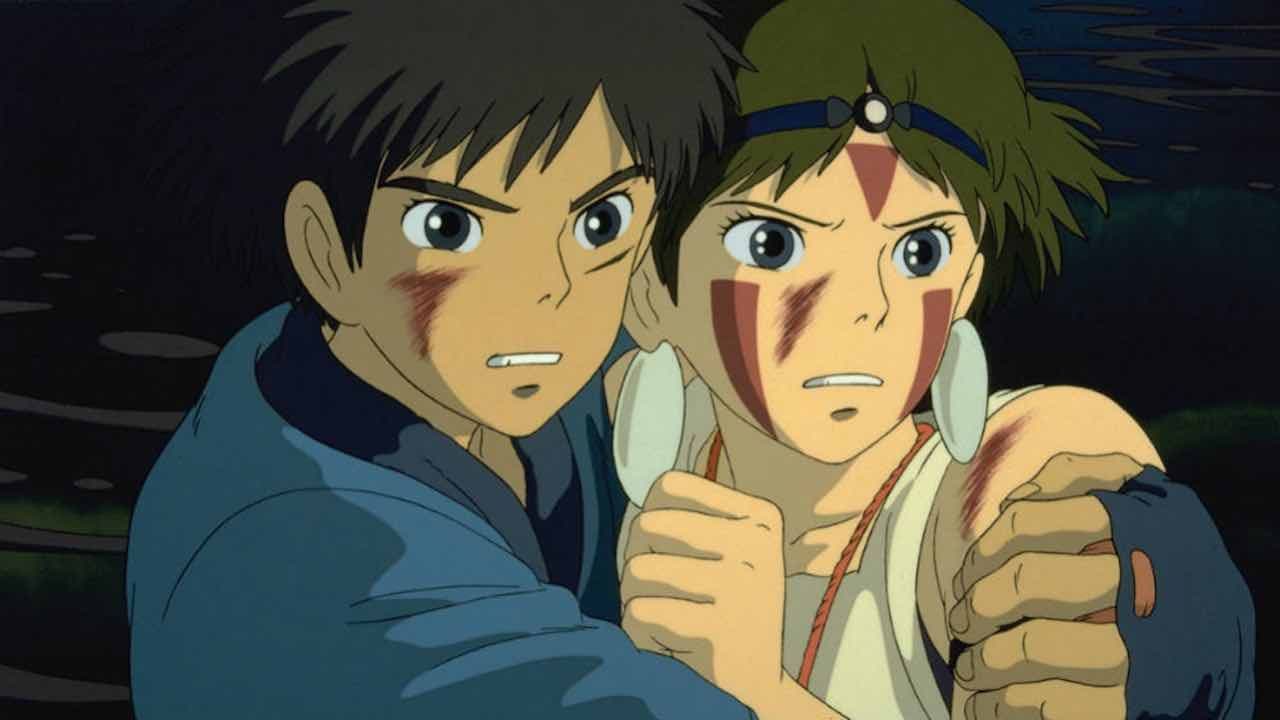
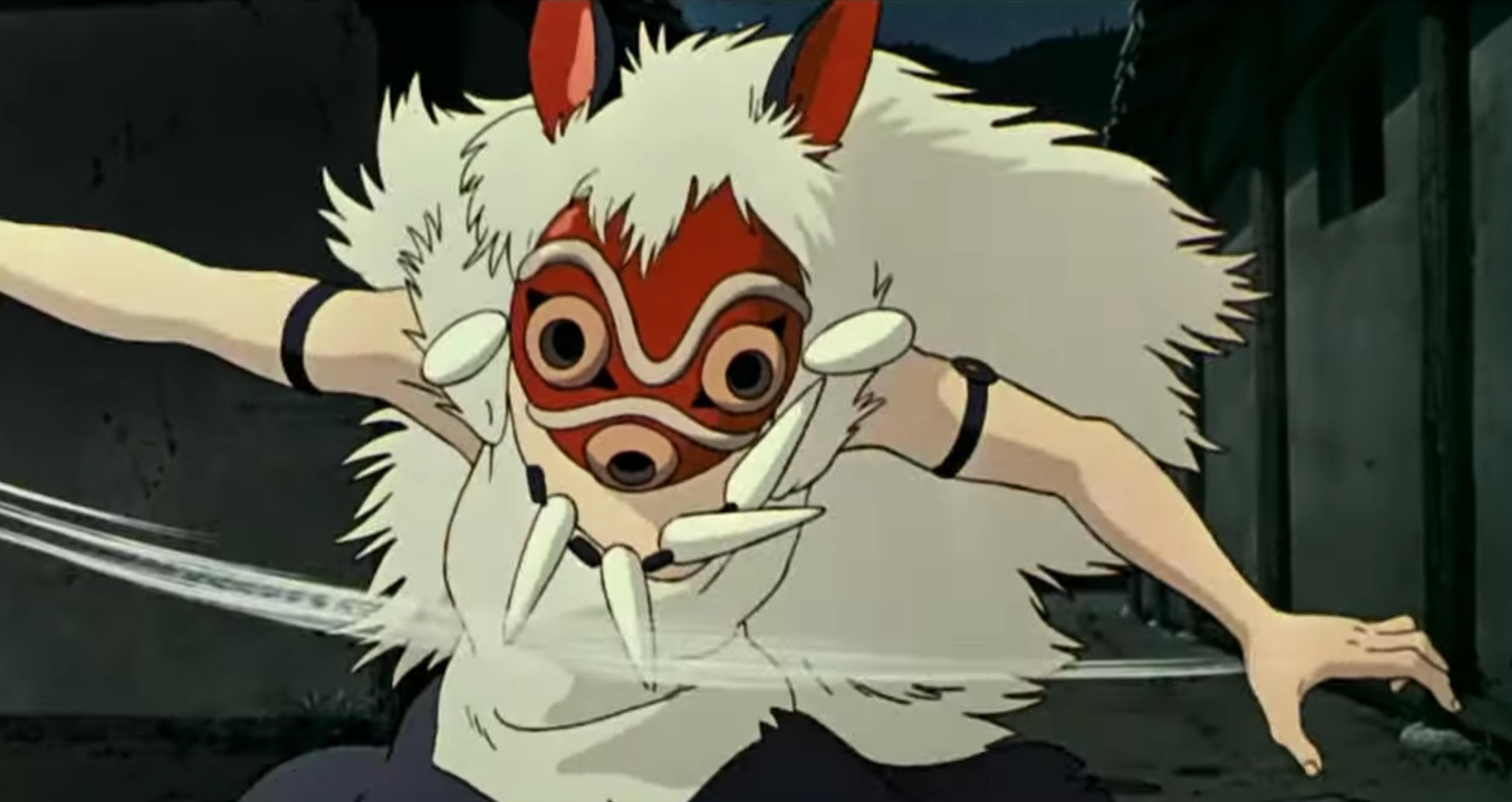
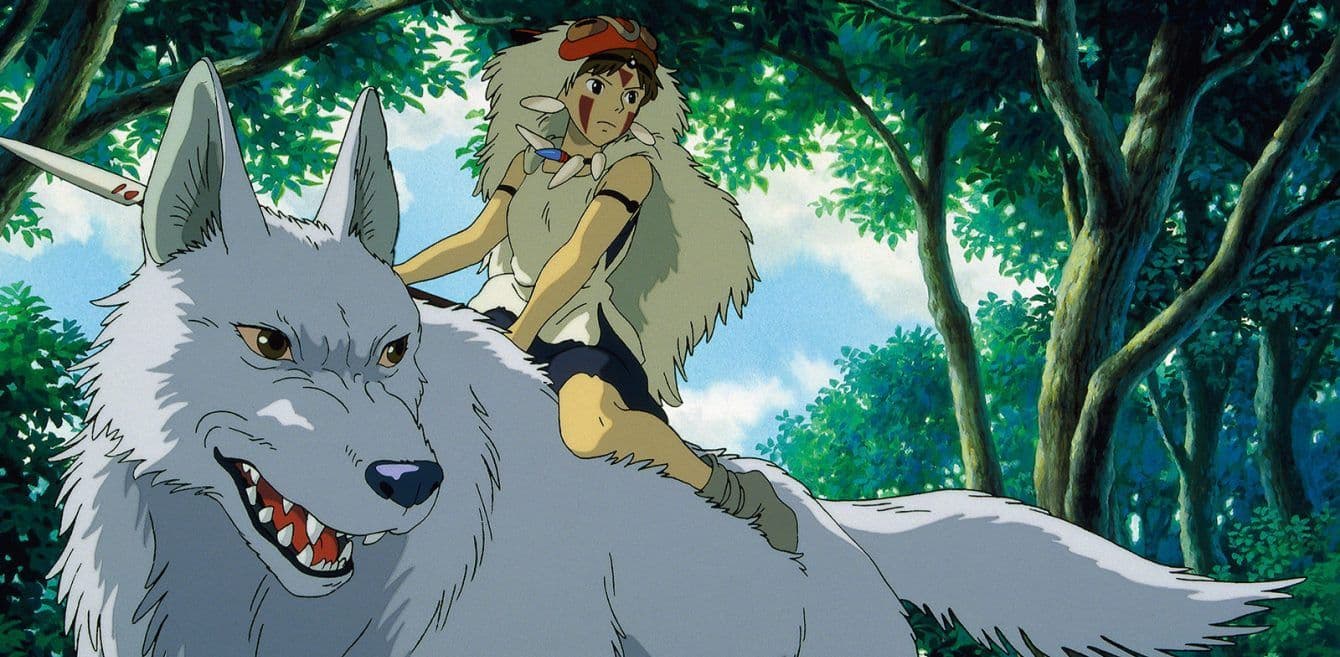
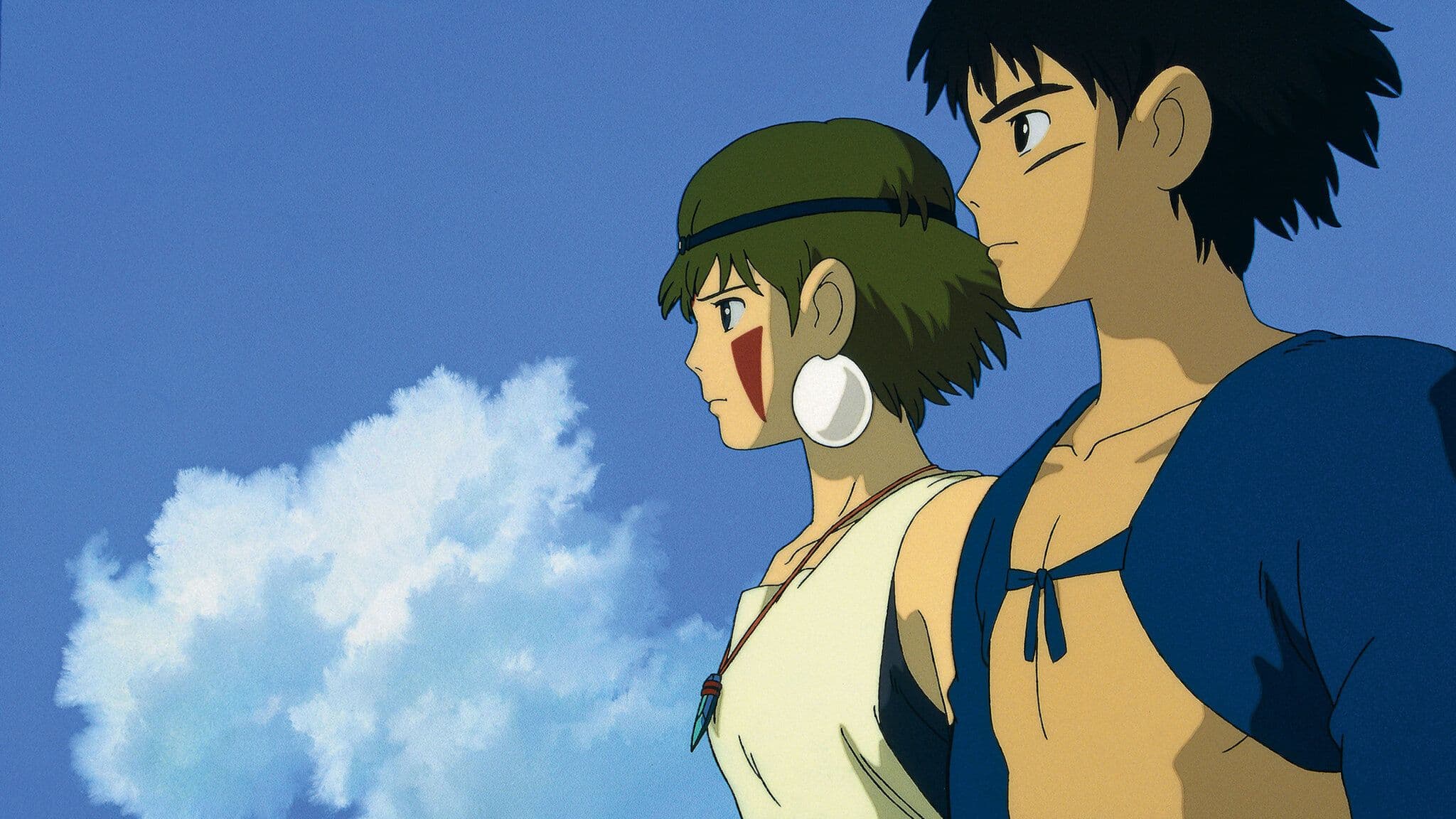
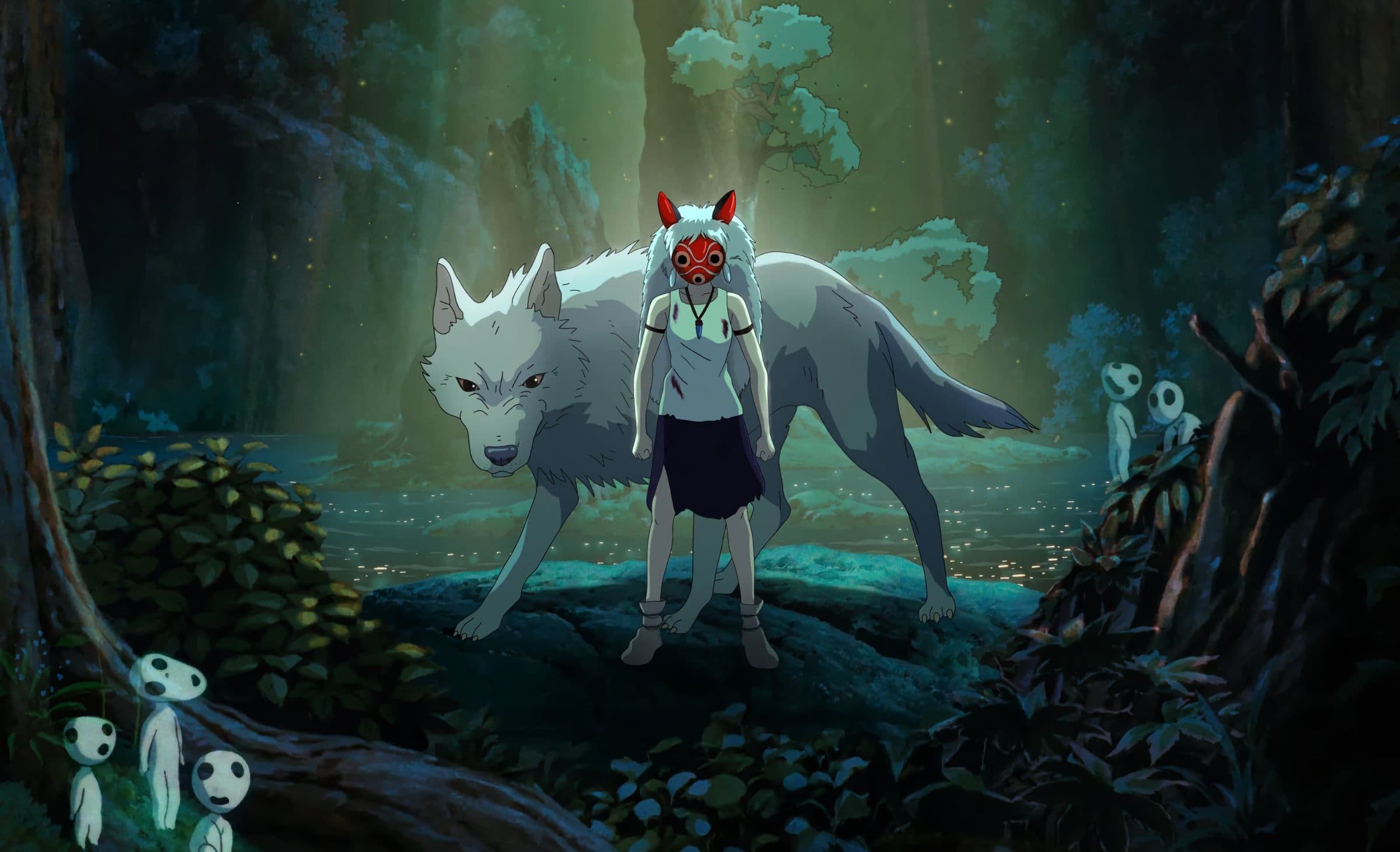
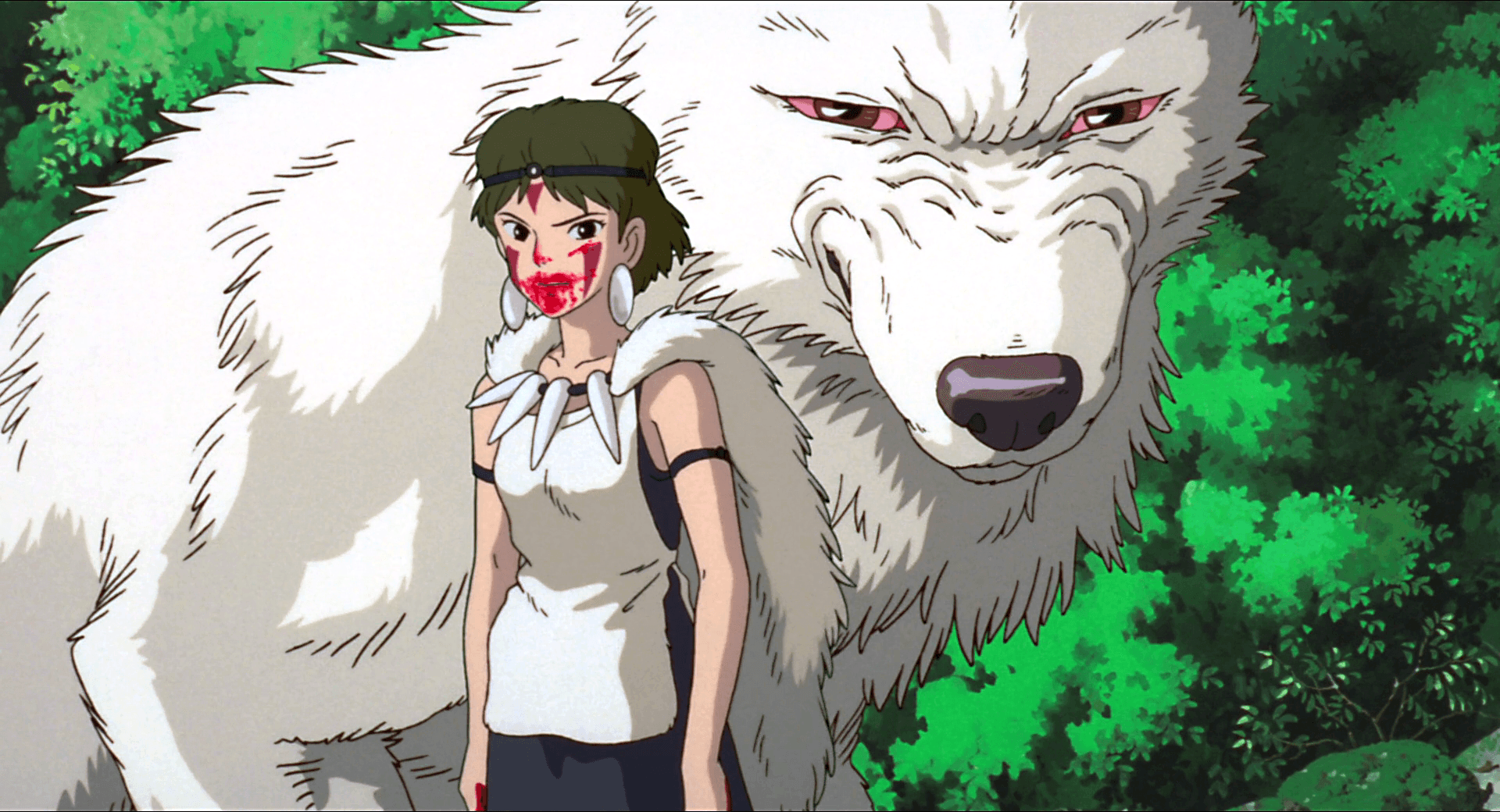
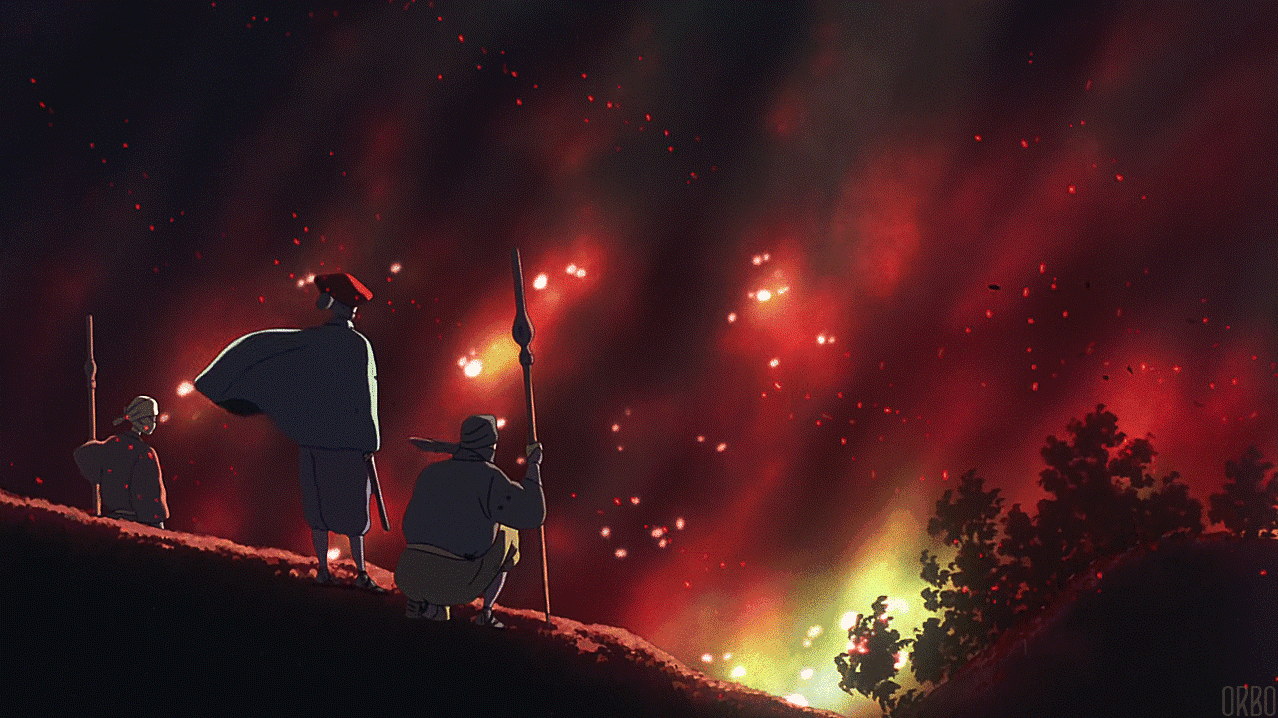
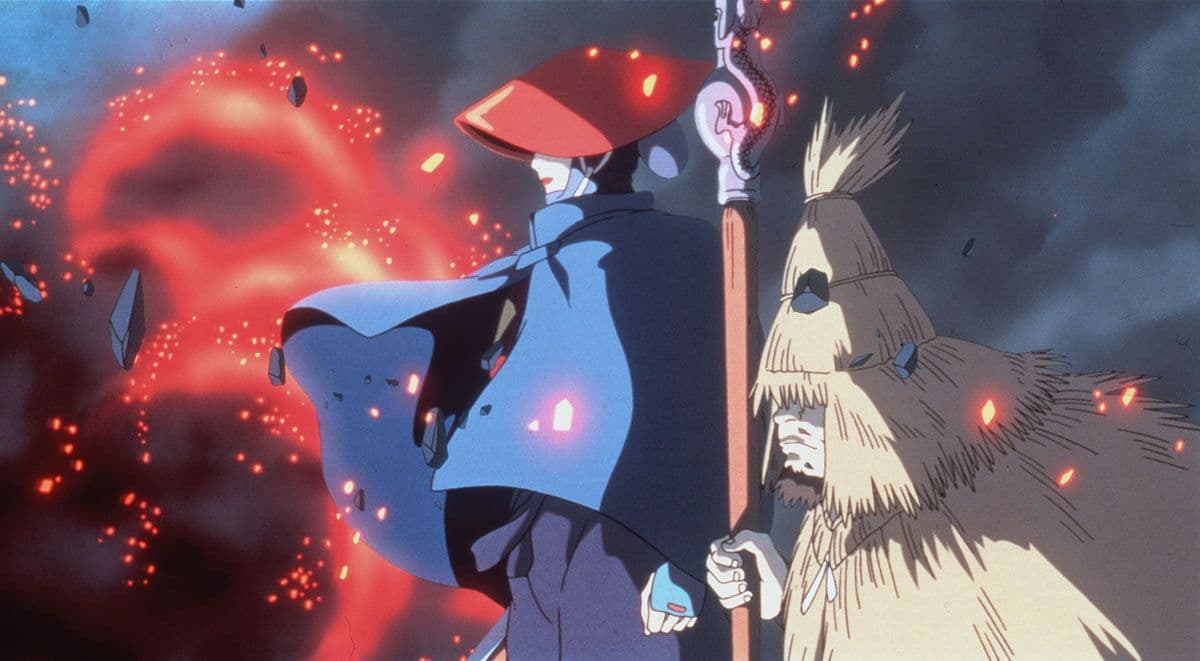
Featured Videos
Official Trailer
Comments
Loading comments...